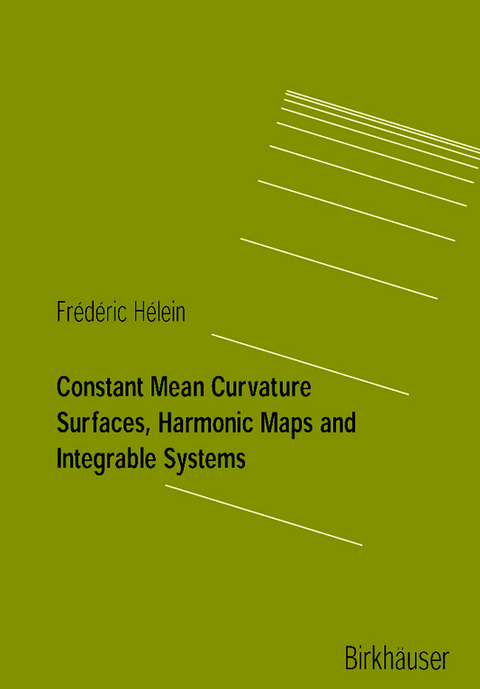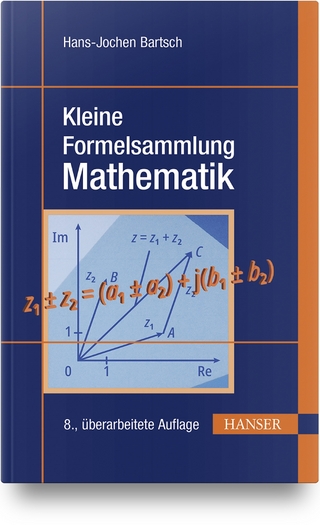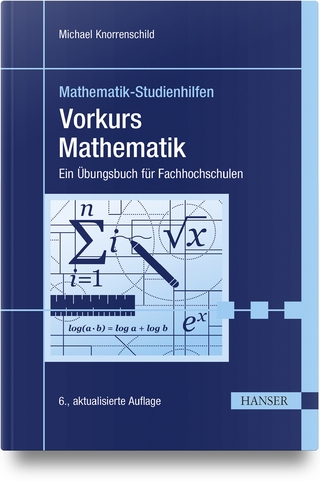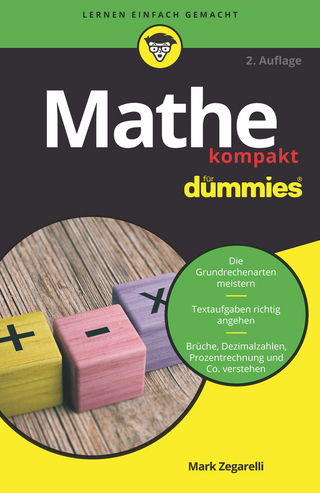
Constant Mean Curvature Surfaces, Harmonic Maps and Integrable Systems
Springer Basel (Verlag)
978-3-7643-6576-9 (ISBN)
1 Introduction: Surfaces with prescribed mean curvature.- 2 From minimal surfaces and CMC surfaces to harmonic maps.- 2.1 Minimal surfaces.- 2.2 Constant mean curvature surfaces.- 3 Variational point of view and Noether's theorem.- 4 Working with the Hopf differential.- 4.1 Appendix.- 5 The Gauss-Codazzi condition.- 5.1 Appendix.- 6 Elementary twistor theory for harmonic maps.- 6.1 Appendix.- 7 Harmonic maps as an integrable system.- 7.1 Maps into spheres.- 7.2 Generalizations.- 7.3 A new setting: loop groups.- 7.4 Examples.- 8 Construction of finite type solutions.- 8.1 Preliminary: the Iwasawa decomposition (for)..- 8.2 Application to loop Lie algebras.- 8.3 The algorithm.- 8.4 Some further properties of finite type solutions.- 9 Constant mean curvature tori are of finite type.- 9.1 The result.- 9.2 Appendix.- 10 Wente tori.- 10.1 CMC surfaces with planar curvature lines.- 10.2 A system of commuting ordinary equations.- 10.3 Recovering a finite type solution.- 10.4 Spectral curves.- 11 Weierstrass type representations.- 11.1 Loop groups decompositions.- 11.2 Solutions in terms of holomorphic data.- 11.3 Meromorphic potentials.- 11.4 Generalizations.
| Erscheint lt. Verlag | 1.6.2001 |
|---|---|
| Reihe/Serie | Lectures in Mathematics. ETH Zürich |
| Mitarbeit |
Anmerkungen: R. Moser |
| Zusatzinfo | 122 p. |
| Verlagsort | Basel |
| Sprache | englisch |
| Maße | 170 x 244 mm |
| Gewicht | 280 g |
| Themenwelt | Mathematik / Informatik ► Mathematik ► Allgemeines / Lexika |
| Mathematik / Informatik ► Mathematik ► Geometrie / Topologie | |
| Schlagworte | Algebra • constant • Curvature • Differential Geometry • Equation • Finite • Integrable Systems • Loop group • Meromorphic Function • Microsoft Access • Minimum • presentation • Proof • System • Time |
| ISBN-10 | 3-7643-6576-5 / 3764365765 |
| ISBN-13 | 978-3-7643-6576-9 / 9783764365769 |
| Zustand | Neuware |
| Haben Sie eine Frage zum Produkt? |
aus dem Bereich


